It’s a moniker that many locals don’t like, but the name seems to have stuck. Contrary to popular belief, prostitution is actually illegal in Las Vegas, as well as in any Nevada county that has over 700K residents. But it wasn’t always that way. In fact, when the city was first platted, a specific section was set aside for vice.
It was designated as Block 16. At the land sale of 1905, a total of 40 blocks were auctioned, with each one divided into 32 lots. Block 16 was the only area (outside of hotels) that had rights granted for liquor sales. Las Vegas was a hardscrabble place back then, with no electricity or sewers. Being a dusty, fly-infested outpost with sometimes grueling heat meant that at the end of the day, almost everyone needed a drink. Block 16 filled that need. In this part of Nevada the dominant industry was mining, which resulted in a skewed demographic of three men to every one woman. Block 16 capitalized on that as well.
Located on First Street between Ogden and Stewart, this picture above looks east towards Block 16’s first businesses. They included The Gem, Arizona Club, Red Onion Club, and The Arcade. Of all those ragtag businesses, it was the Arizona Club that thrived. By the next decade the property was expanded and upgraded with a leaded glass storefront, brass wrapped columns, and a 40-foot mahogany bar. Their business model was working.
The advent of Prohibition in 1920 went almost unnoticed at Block 16. For two years the sale of liquor continued, until the Feds arrived and put a stop to the laissez-faire attitude of the local authorities. The bar at the Arizona Club went dry, during which time the owner relied on the new second story to maximize the property’s other income streams.
Prohibition was finally repealed in 1933, part of a trifecta of good luck for Las Vegas. Two years earlier, gambling had been made legal again in Nevada, and the nearby Boulder (Hoover) Dam project was bringing in workers by the thousands. The 1930’s ended up being the best decade yet for Block 16.
But just as the clouds of war darkened America’s skies in the early 1940’s, trouble was also brewing in the red light district of Las Vegas. The May Act of 1941 outlawed prostitution near military bases, and the commander of the Army Air Field to the north (now Nellis Air Force Base) sent word to the Las Vegas city commission that their entire town would be deemed off limits to his soldiers unless Block 16 ceased their “business” activities.
So they did. They had to. Stripped of their gambling and liquor licenses, profits quickly withered away. The beautiful mahogany bar from the Arizona Club was eventually dismantled and sold to the owner of a new casino resort down on The Strip. Its new home would be at the Hotel Last Frontier, in what they called their “Gay 90’s” bar, a cheesy (and awesome) throwback to The Old West. If only that mahogany bar could speak.
The original Hotel Last Frontier complex was demolished and rebuilt in 1966. The name was changed to The Frontier, which itself was later sold and renamed as The New Frontier in 1988. Outdated and shopworn by 2007, that property was demolished and is now the vacant lot that’s across the street from Wynn/Encore. The whereabouts of the mahogany bar are lost to time.
And what of Block 16? By the late 1940’s the last remnants had been barely hanging on as low-cost rooming houses before being officially condemned. Those still standing in the early 1950’s were awaiting a date with the wrecking ball, and then a grand redevelopment into a parking lot. If only those rooms could speak. On second thought, it’s better that they didn’t.
As seen below, the parking lot remains, having never been built on. South of it lies the now vacant Mint tower where Hunter S. Thompson experienced fear and loathing. A sleepy parking garage for Binion’s stands on the eastern half of Block 16. The electronic canopy over Fremont street can be seen running east to west, with the Stratosphere and glamorous Strip properties further south. Thank goodness for Circa, at least. It’s kept downtown relevant.
So….Sin City? Oh, sure, there’s lots of ways to find trouble in Las Vegas, but it’s far from being a wide-open town. Brothels will never again be legal in Las Vegas for one very simple reason: The corporations that own the casinos rule this town, and they cast a cold eye on any competition that takes away from what people have budgeted to spend on vice.
That said, casino marketing programs have no problem amplifying the notion of a loose and wild town for use within their imagery and branding. They have rightly guessed that the average visitor is intrigued by the possibility of it, the idea that in this place of respite from everyday rules, anything goes and anything can happen. It’s said that after the murder of Bugsy Siegel in 1947, tourism numbers doubled, somehow spurred on by the tantalizing lure of danger. The truth of the matter is that Vegas today only offers the illusion of that, rooted from a history of risky endeavors that very few of us would ever dare to gamble on.



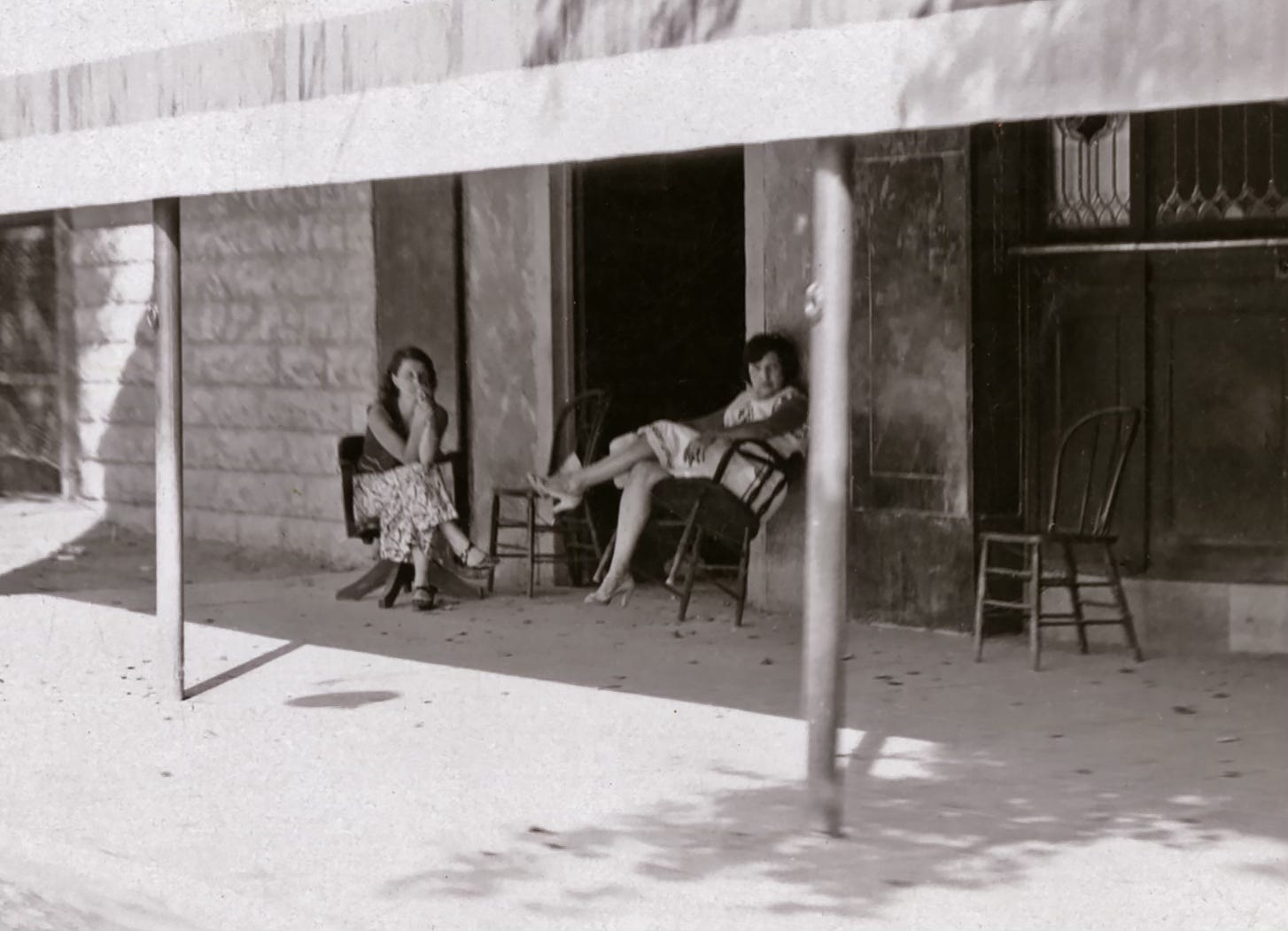



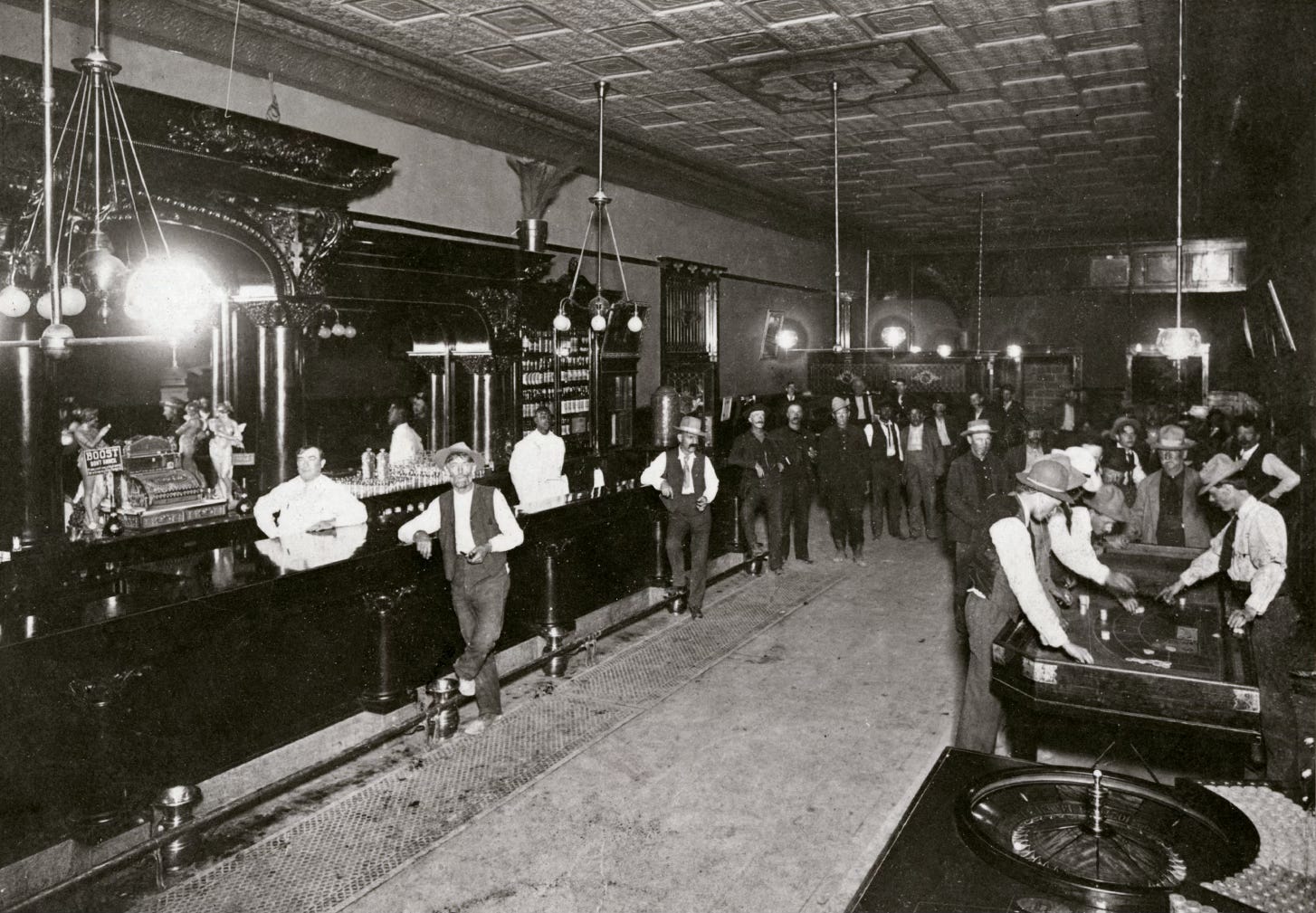
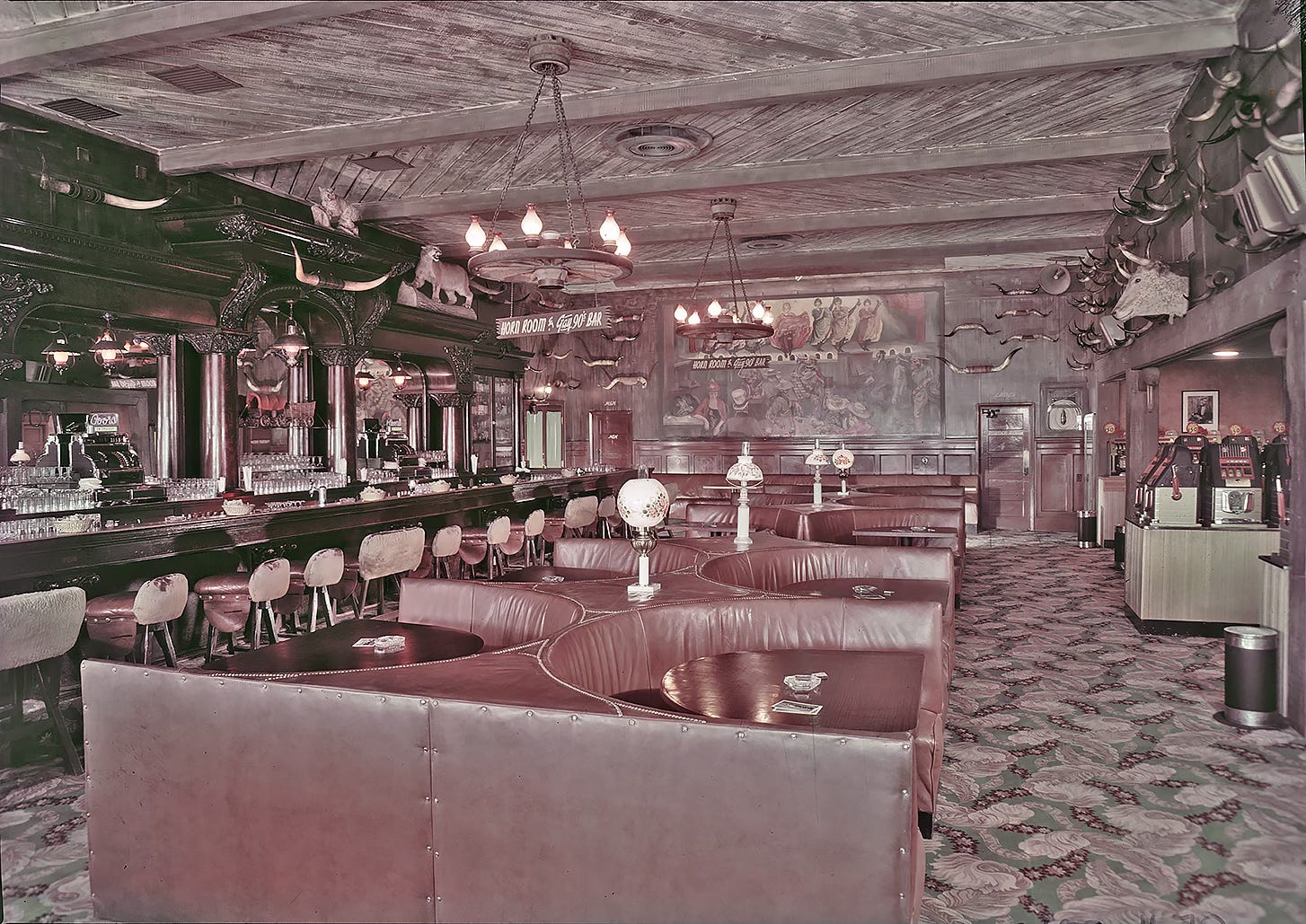

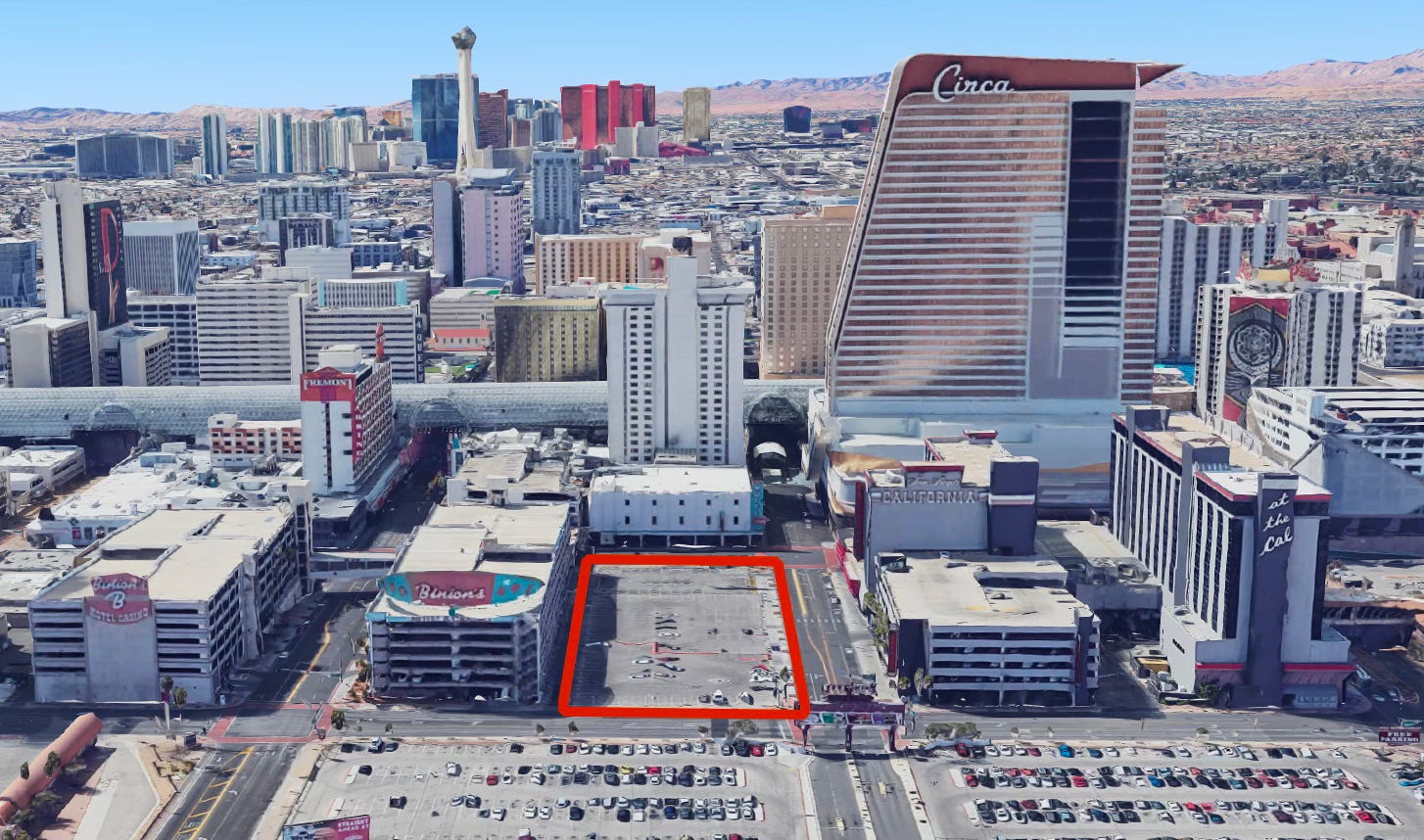
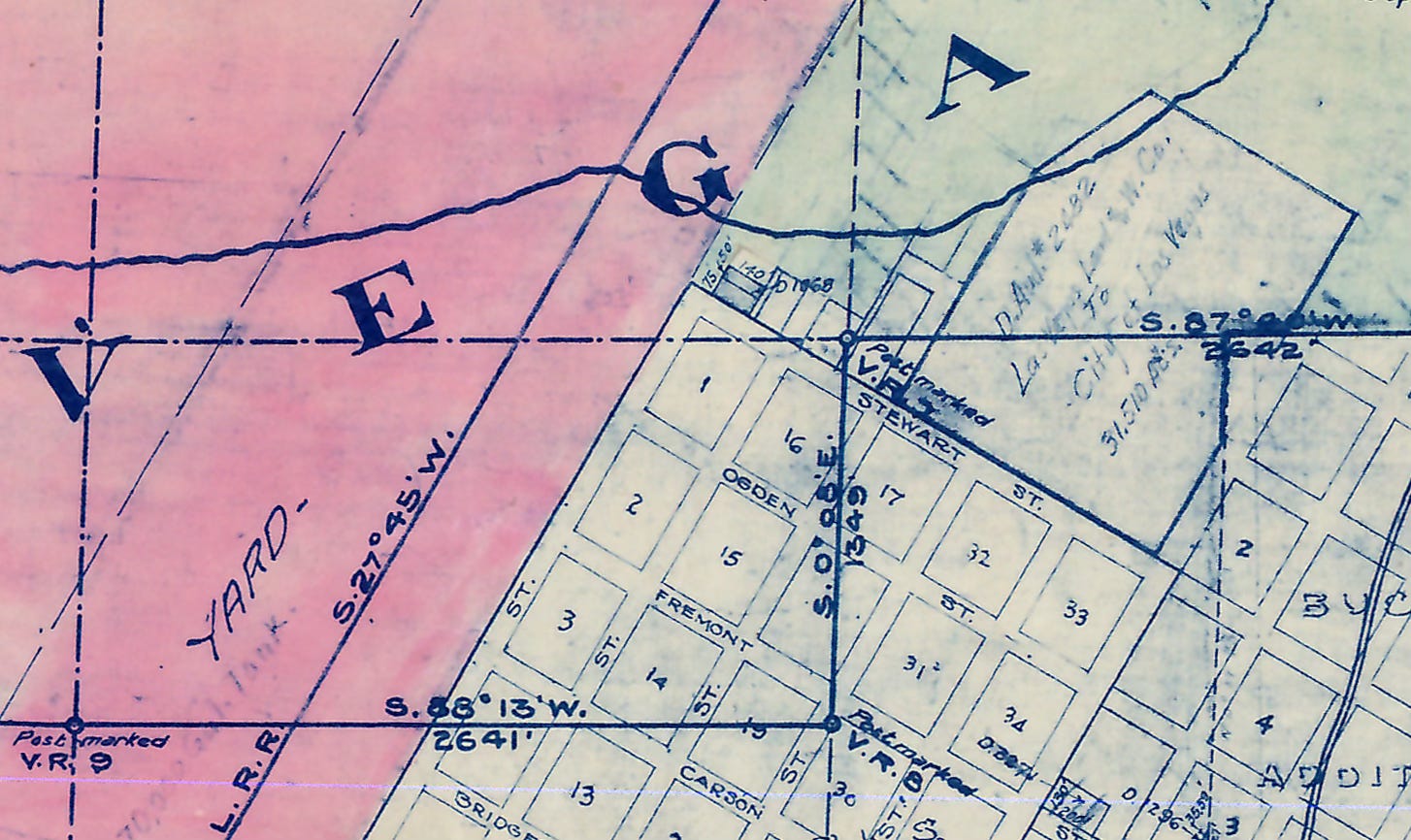
Interesting read. I wasn’t aware of the backstory to “sin city” but ill be sure not to call it that speaking with a local. Great pics too I especially like the earlier shot showing The Gem which immediately made me think of one of my fav shows, Deadwood. I also like imagining Hunter S. Thompson rambling those streets…
Love the pics and learning the history. Wish we knew where that beautiful mahogany bar landed.